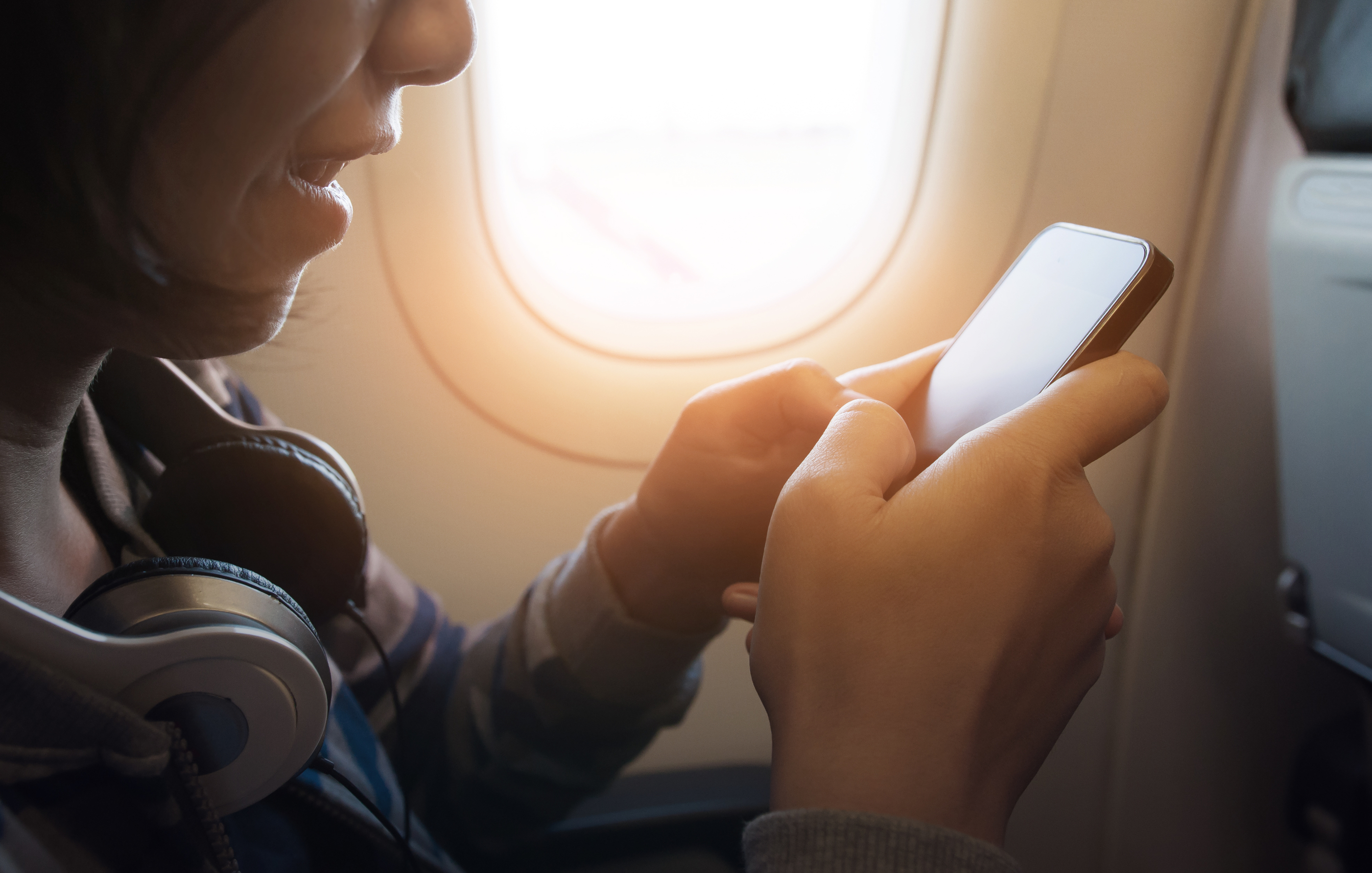7 Foolproof Tips to Beat Jet Lag
Our story about how to sleep well on a plane, featuring advice from Roy Raymann, PhD, resident sleep expert at SleepScore Labs (SleepScore.com) and the former “Sleep Czar” of Apple, got a very enthusiastic response. We were inspired to get back in touch with Raymann to cover even more sleep-related travel topics. Here, how to beat jet lag, adjust to time zones both near and far, learn to relax and rest in a new environment, and the latest on the role smartphone and tablet screens can play in sleep.

1. IT TAKES ONE DAY TO ADJUST TO ONE HOUR OF A TIME ZONE SHIFT
Raymann offers one basic rule of thumb that will serve you no matter how far you’re traveling and for how long. “It will take you one day to adjust to one hour of a time zone shift.” That adjustment can occur before you take off, or you can make it part of your visit to your destination.
2. HOW TO ADJUST TO A NEW TIME ZONE BEFORE YOU FLY
If you are flying a relatively short distance and your destination is, say, a three-hour time difference from where you live or work, Raymann suggests that you start adapting to the new time zone a few days before you fly. “For a destination with a difference of three hours, just start three days before, and adjust your daily activities (go to bed, wake up, workout, meals, etc.) to link up to the new time zone by one hour every single day,” Rayman says. “Note that for long time zone leaps you might partially adjust prior to the trip, so you actually shorten the jet lag at the place of destination.”
3. FOR SHORT TRIPS, CONSIDER STAYING ON YOUR HOME SCHEDULE
If your trip is just for two or three days and for rest and relaxation (as opposed to a business trip), and in a relatively nearby time zone, Raymann suggests, “You might actually not want to adjust at all, and stay on the ‘departure city’ clock for your daily activities.”
4. FLYING EAST IS HARDER THAN FLYING WEST
“Not all types of jet lag are equal,” notes Raymann. “Eastward (such as flying from California to Florida) is harder to adjust to than a flight in the opposite direction. The body finds its easier to adapt to longer day as compared to short days, and when flying eastwards you cut your day short.” Sure, there’s not much you can do about which direction you have to fly, but knowing that flying east will be more challenging than flying west can help you prepare and recover.
5. SMARTPHONE AND TABLETS CAN INTERFERE WITH SLEEP

What parents like me refer to as “screen time” can have a serious effect on your ability to sleep. First of all, they may prevent you from the necessary winding down required before sleep. “Certain emails, games, and online video content might cause stress, worries, and tension,” says. Raymann. In addition, notifications in the middle of the night can wake you up just as you’re learning to adjust to a new time zone. “Use the ‘Do Not Disturb’ setting on your device to make sure you get undisturbed hours of sleep,” advises Raymann. Finally, the light emitted by smartphones and tablets can affect your biological clock. “Screens contain a lot of blue light,” notes Raymann, “which directly affects your biological clock. Minimize your screen’s brightness, and use a night mode such as iOS Night Shift [which Raymann helped to develop when he was Apple’s ‘Sleep Czar’] to filter out blue light wavelengths.”
6. SET UP YOUR HOTEL ROOM TO MAXIMIZE SLEEP
Adjusting to a new sleeping environment is a real thing: New city, maybe a new country, different pillow, room temperature, all of these factors can challenge your ability to get some shuteye in a hotel. “Try to mimic your own bedroom as much as possible,” suggests Raymann. “Some people even travel with their personal pillow. The rule of thumb is that a bedroom should be quiet, dark and cool, and your bed should be supportive and comfortable.” When you wake up in your new location, open the windows or step outside for a morning walk. “Getting some daylight A.S.A.P. tells your biological clock that the new day has started.”
7. HERE’S WHAT TO DO IF YOU HAVE TO SLEEP AT THE AIRPORT
It’s not high on any traveler’s bucket list, but sometimes catching some zzz’s at the airport during a long layover or unexpected delay is a necessity. Raymann has the solution. “Use earplugs or noise cancellation headphones, a sleep mask to ensure it is dark, and, if possible, a thin blanket or a wrap. And since you don’t want to worry about your belongings, store them in baggage lockers while you try to get some sleep.”
